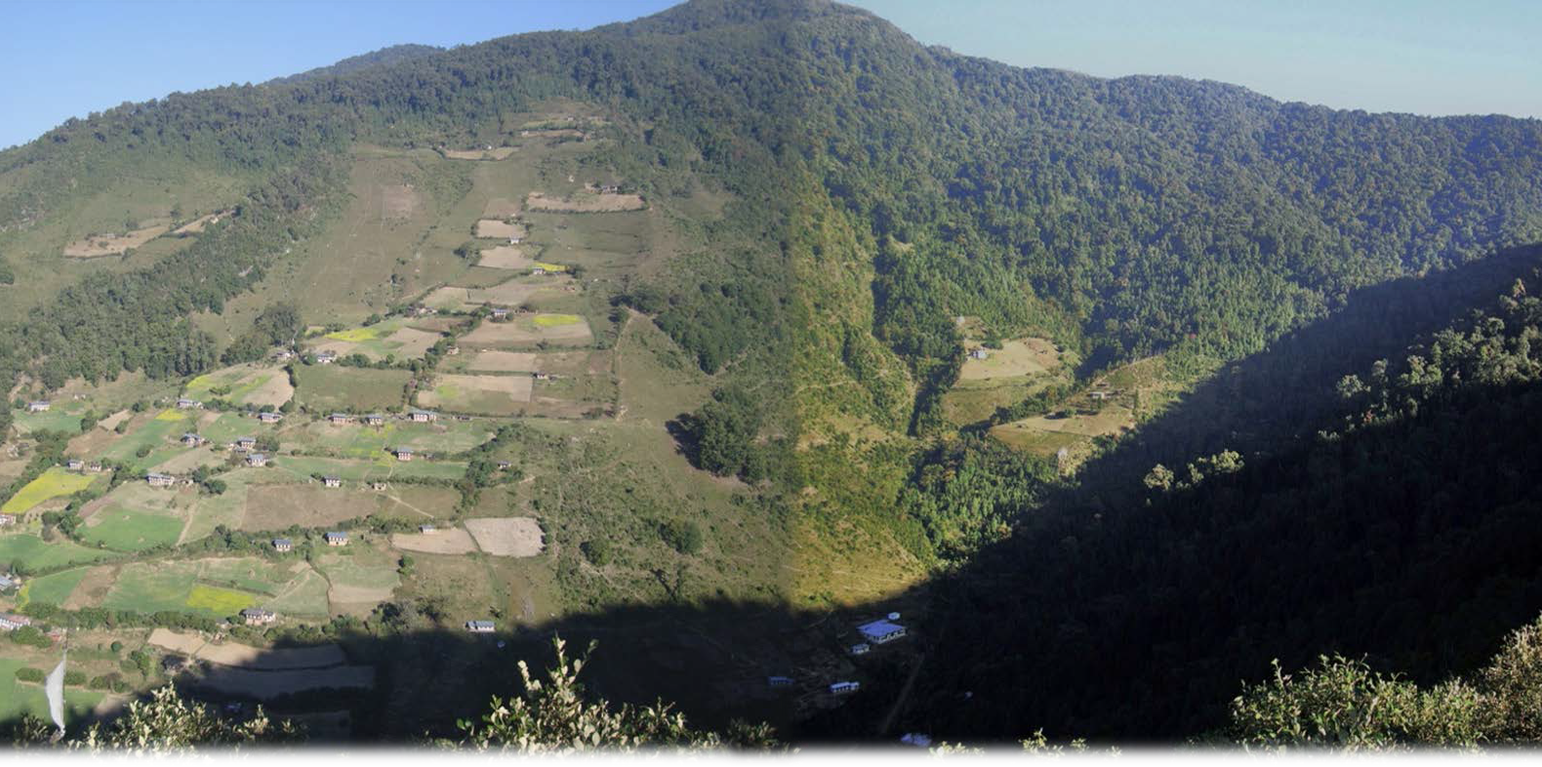



Water source protection involves protecting lakes, rivers, springs or man-made reservoirs to avoid water pollution and damage by livestock and wild animals. In the past this included fencing and enhancing vegetation cover at the discharge point – that is, where the water starts flowing. However, today, water source protection also focuses on improving groundwater recharge areas. The water source protection technology has many benefits. In addition to providing a clean and regular supply of drinking and irrigation water, it also enhances the vegetation cover of the catchment area.
Strategies target maintaining adequate water levels in underground water reservoirs to ensure a continuous flow of streams and springs. In Yakpugang Community Forest, the technology has been applied specifically in the southern mountainous part of the village. An area of 638 acres (255 hectares) has been established as the recharge zone, and three springs have been identified for source protection. Native tree species have been planted annually in the degraded watershed to improve forest conditions. The main purpose is to protect the quality and quantity of the water for both drinking and irrigation purposes. The technology is supported by an approach that involves collective efforts of the community who realize that if their drinking and irrigation water supply is to be sustainable, they must work together.
The main purpose is to ensure a continuous supply of water for drinking and irrigation to the community. This is achieved through managing the catchment areas where rainwater soaks through the ground to reach a groundwater reservoir, and one of the key interventions is protecting the water sources from wild animals and livestock.
The water source protection technology involves 1) meeting different stakeholders, 2) signing agreements between the stakeholders, 3) site selection and survey, 4) planting of native tree species, and 5) conducting annual monitoring and evaluation. Inputs like fencing materials, planting materials, and human resources are required for the implementation and maintenance of the technology.
The technology is liked because it helps provide a continuous supply of both clean drinking and irrigation water. Furthermore, protecting water sources by the community is rewarded in monetary form by the nearby town as part of the Payment for Environmental Services (PES). This incentive helps the community to generate income which is ploughed back into the improvement and maintenance of water sources. What is disliked is the reduction in grazing land since the land users are not allowed to graze their cattle inside the water source areas.
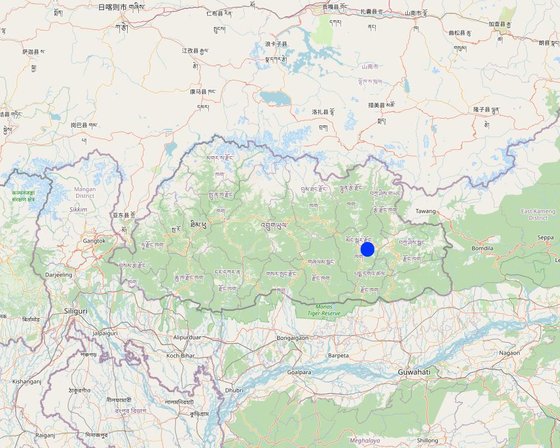
Location: Yakpugang village, Mongar Dzongkhag (District), Bhutan
No. of Technology sites analysed: 2-10 sites
Spread of the Technology: applied at specific points/ concentrated on a small area
In a permanently protected area?: No
Date of implementation: 2007; less than 10 years ago (recently)
Type of introduction
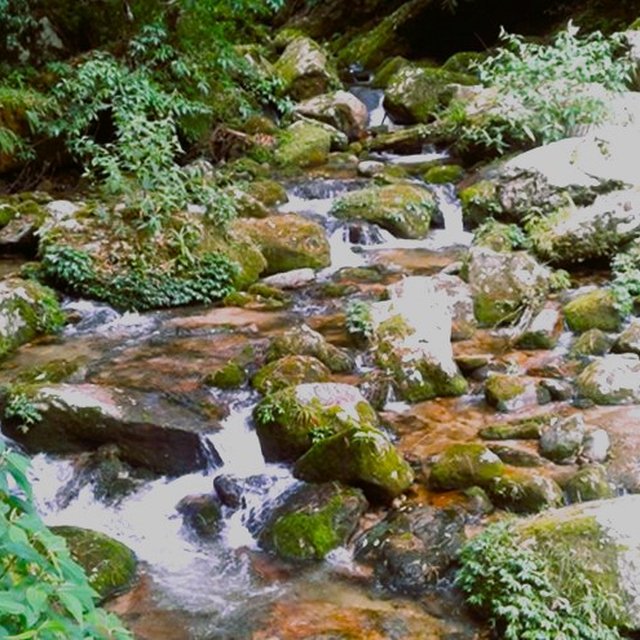

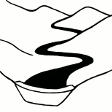



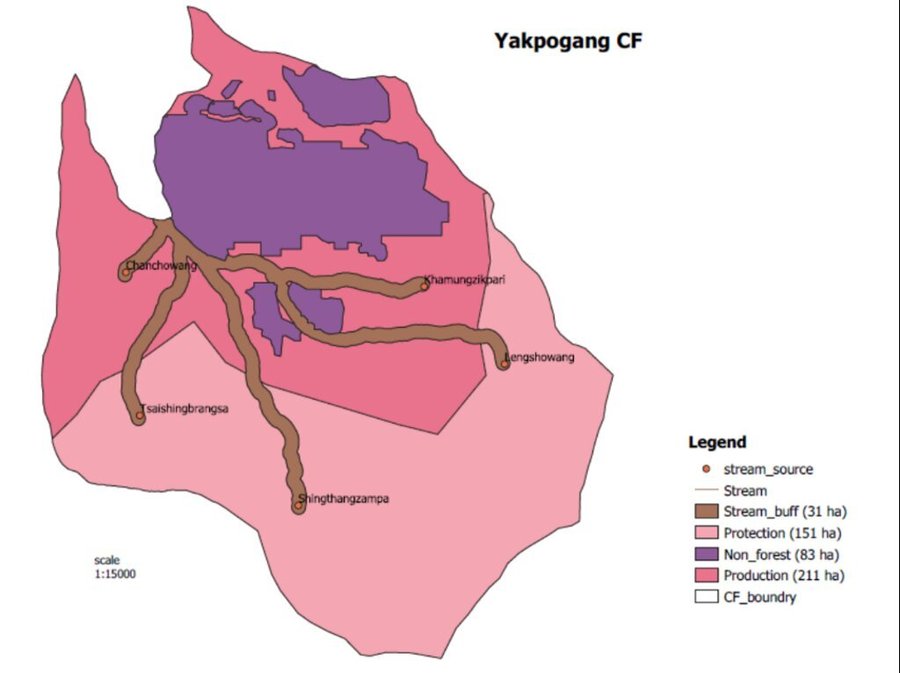
| Specify input | Unit | Quantity | Costs per Unit (n.a.) | Total costs per input (n.a.) | % of costs borne by land users |
| Labour | |||||
| Community Forest members | person/day. | 102.0 | |||
Quantity before SLM: 15 baskets of maize
Quantity after SLM: 20 to 25 baskets maize
There has been an increase in the amount of maize, which has been credited to the increase in the amount of water than in the past.
According to the land user, crop quality has been relatively better after the implementation of the technology than in the past.
Due to the presence of water in the community, production has decreased.
Quantity before SLM: maize and some other cereals and vegetables were grown
Quantity after SLM: maize together with cole crops, tubers and fruits are grown
Quantity before SLM: 1 acres
Quantity after SLM: 1.5 acres
In the past, the lack of water would lead the land users to keeping some of the land fallow.
Quantity before SLM: Water would be scarce periodically
Quantity after SLM: Water is now available throughout the community
Drinking water availability has increased compared to the past. This is mainly due to the protection of water sources. In addition, now community members also go for regular clearing of irrigation channels, drinking water pipelines, and sources to keep the supply steady.
Quality in terms of cleanliness of drinking water was reported to have enhanced because in the past nearby streams from where they get their drinking water used to get polluted by rainwater, animals, etc.
Quantity before SLM: Water would be taken to the nearby streams
Quantity after SLM: Water is now provided near there house
Since supply is continuous the water availability for livestock also increased.
Water for livestock are also improved than in the past.
Quantity before SLM: Focused more on growing crops requiring less water
Quantity after SLM: Now grows variety of diverse crops
Since the water flow is continuous, there is enough water to carry out multiple cropping.
Water quality for irrigation is better than the past
Quantity before SLM: focuses mostly on commercialising maize
Quantity after SLM: now commercialises diverse vegetable crops as well
The availability of water in the community, allowed for the land users to grow a diverse vegetable crops in large amount.
Quantity before SLM: Community members prone to water related disease
Quantity after SLM: Water is relatively cleaner
Agreement for water source protection is conducted after every end of the agreement year, where water use rights are also discussed.
Quantity before SLM: water from the source would dry up most of the times
Quantity after SLM: water in the water source is almost always filled.
Quantity before SLM: Would be dirty due to wild animals and grazing cattle
Quantity after SLM: Since water source is protected, water is relatively cleaner
Quantity before SLM: in the past, drought would occur periodically
Quantity after SLM: Even during the absence of rain, water is still available
Quantity before SLM: Would normally be polluted due to wild animals and grazing cattles
Quantity after SLM: Water is now clean and also drinkable